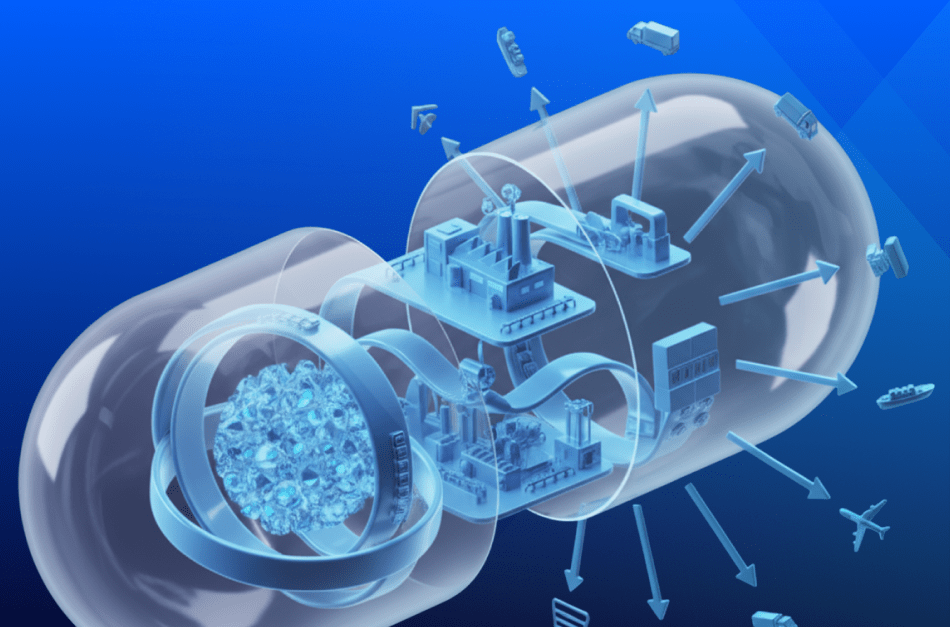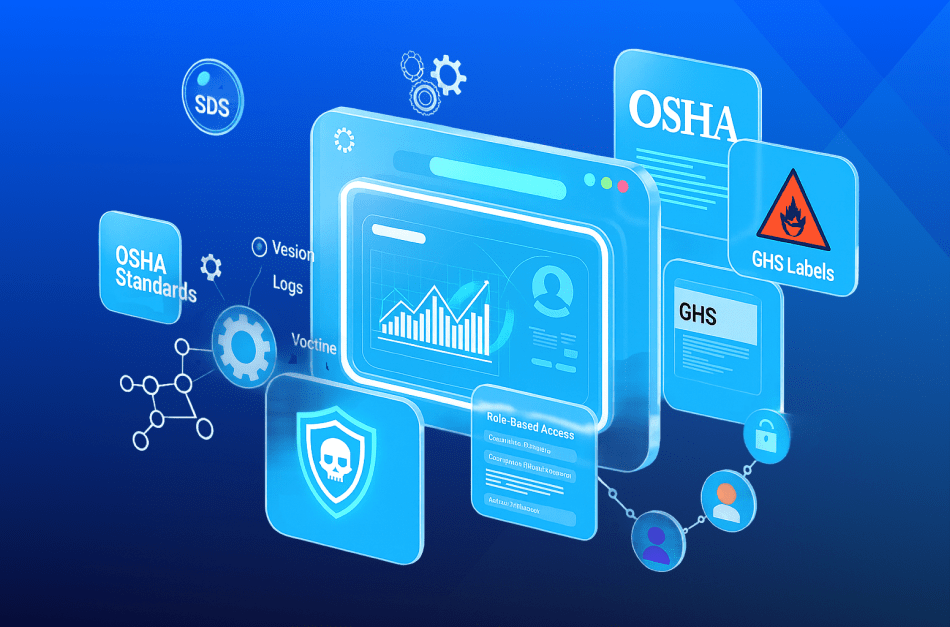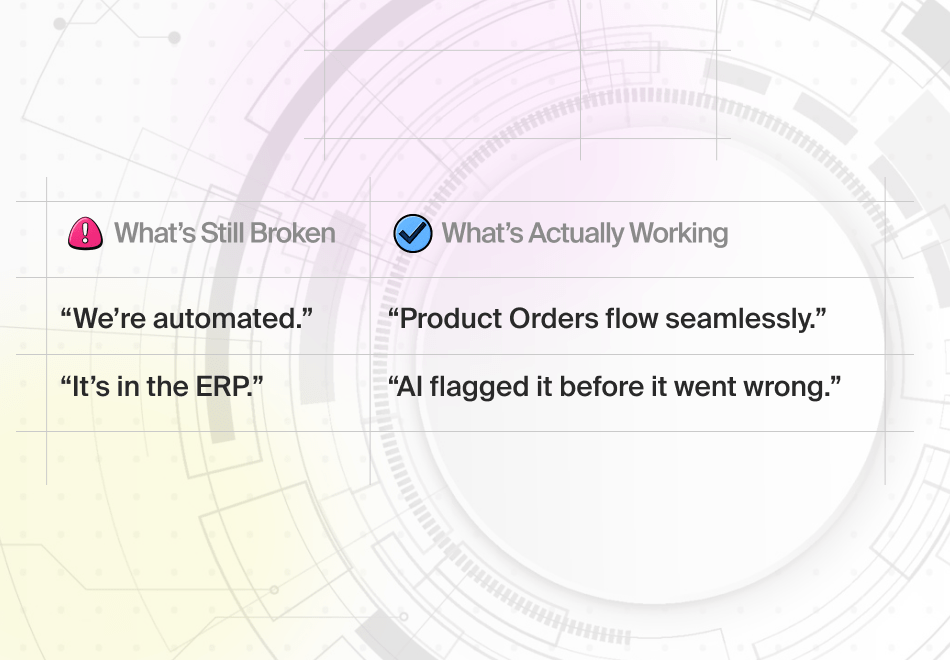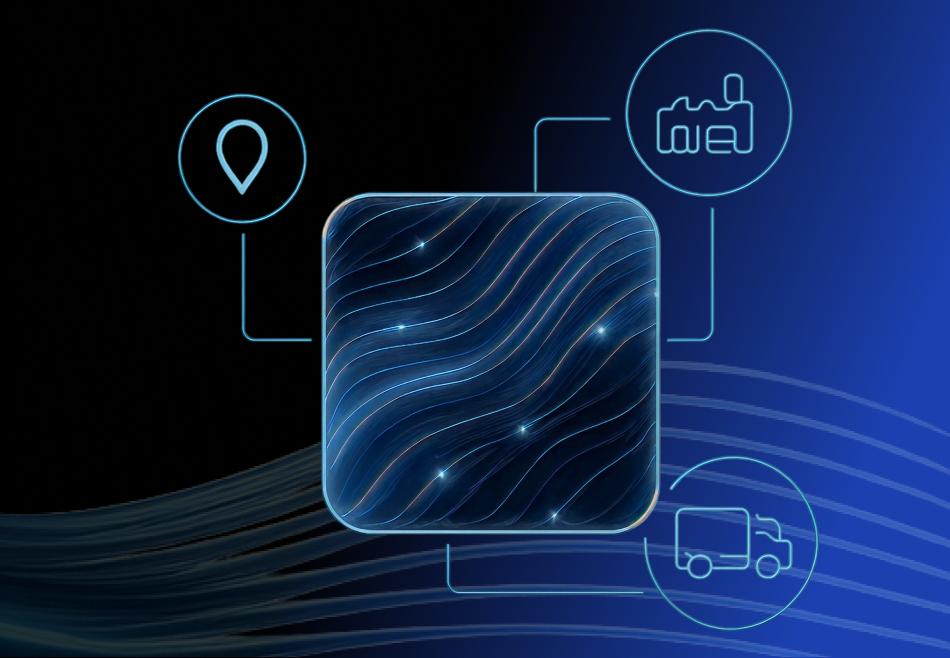The public benefit gained through biological research can be seen through the eyes of a patient who receives a critical medication that did not exist a decade ago, a farmer whose higher-yield crops are turned into fuels, food, and intermediate chemicals, and a small-business owner whose innovative biobased products are breaking new ground in manufacturing. Increased societal needs for food and energy, combined with new knowledge/discoveries in biology and new methods for harnessing biological processes, have dramatically increased the economic potential of the bioeconomy.
Introduction
Though written in 2012, The National Bioeconomy Blueprint contains some information valuable to any company wanting to explore the bioeconomy. Critical elements are investments in research and technology.
“… If we want the next big breakthrough, the next big industry to be an American breakthrough, an American industry, then we can’t sacrifice these investments in research and technology,” then-President Barack Obama says in the report. The White House authored the report.
Government agencies at the time were supporting the bioeconomy by:
- Identifying research and development (R&D) methods
- Developing foundational transformative technologies
- Integrating approaches from engineering, physical sciences and computers
- Improving predictions of vaccine and drug toxicity and efficacy
- Identifying and characterizing any microbial organism, including purely synthetic versions
- Creating “science enclaves” that allow analysis of large, complex datasets while maintaining proprietary information.
The report also wanted American industry to increase investment in and production of biofuels, replacing fossil fuels with biomass systems.
Other tasks cited in the report included converting carbon dioxide into liquid fuels, improving biofuel and energy crops, developing new agricultural research programs that drive job creation and transforming manufacturing through bioinnovation.
Some of these tasks have already shown results.
Recent Biotechnical Innovations
A 2020 post on the Klabtree Blog lists 10 biotech innovations.
One of them is CRISPR-based platforms. An acronym for clustered regularly interspaced short palindromic repeats, CRISPR technology was used to create the Pfizer-BioNtech and Moderna Covid-19 vaccines. Other medicines are also using the same technology.
The CRISPR tool, “is based on a system that bacteria use to fight viruses. Bacteria develop clustered repeated sequences in their DNA, known as CRISPRs, that can remember dangerous viruses and then deploy RNA-guided scissors to destroy them,” an article in Time magazine states.
Unlike a DNA-based product that targets a cell’s nucleus, messenger RNA (mRNA)-based vaccines just need to get into the more accessible outer regions of cells where proteins are built.
Using CRISPR technology to accomplish this task, both companies were able to produce Covid-19 vaccines that meet FDA emergency standards. The Pfizer-BioNTech vaccine, now known as Comirnaty, uses its regular, non-emergency procedures. The “regular” and “emergency” variations share the same formula, the FDA states.
Another technological innovation cited by KolabTree that is still being developed involves using DNA as a computer hard drive. The concept would turn cells into data storage chambers with the not-yet-realized ability to store information similar to current data storage.
A third innovation is using base pairings of DNA and RNA nucleotides in what is known as “DNA origami” after the Japanese paper folding art form. Nanovery is using this technology to create diagnostic nanorobots. The robots are inserted into a blood sample. When cancerous DNA is found, the robots light up.
Bioeconomy Business Strategies
Having the technology to turn biological products such as corn husks into fuel does not generate money. Having people who can see profits in the bioeconomy does.
“Entrepreneurs can contribute to the (bioeconomy transformation) by commercializing innovative technologies through startups and new business models,” Andreas Kuckertz writes in a white paper published through MDPI.com.
Figue: 1Bioeconomy Business Strategies
Using his research, key strategies for the United States mentioned by the author include:
- Regulatory framework: Creation of tax breaks, reducing regulatory barriers and helping entrepreneurs obtain and defend patents
- Market Conditions: Use the public procurement process to speed market adoption
- Access to Finance: Support the bioeconomy by using venture capital for startups
- Knowledge Creation and Diffusion: Educate entrepreneurs, connect them to mentors and educate government agencies about entrepreneurship
- Entrepreneurial Capabilities: Enhance university entrepreneurship
- Culture: Create an overview of available prizes and awards (mentioned in the National Bioeconomy Blueprint)
Kuckertz suggests modifying these strategies to include those that are:
- Holistic and based on a clear, causal rationale
- Include policies with measures tied to clear key performance indicators (KPIs) that can measure progress
- Have, “dedicated innovation programs accounting for the specifics of bioeconomic innovation will be required to recognize the potential of many promising and possibly game-changing entrepreneurial initiatives.”
While Kuckertz’s comments are oriented at new business development, these same strategies can be used by existing companies. One way is by taking advantage of current cutting-edge business technology: Enterprise Resource Planning (ERP) software.
Get a consultation to learn how to optimize your processes and systems to support bioeconomy.
Common Themes in Bioeconomy Products
Each of the previous technological innovations has at least three common themes:
- 1.Collecting massive quantities of data, also known as “big data.”
- 2.Analyzing it and making sense of what is found. Researchers can pour over spreadsheets and try to understand the data or they can use software. Machine learning (ML) and artificial intelligence software helps find the nuggets. These are the test samples that show a formula’s promise while also listing all of the others that don’t.
- 3.Safely storing this information away from prying eyes and competitors.
The good news for many companies is the technology to accomplish these three tasks exists today.
The industrial internet of things (IIoT) lets companies gather big data. ERP software is adept at many tasks, one of which is using artificial intelligence (AI) to provide business insights.
Cloud data storage is generally considered to be more secure than that on many small and medium business (SMB) internal networks, using the Microsoft Azure platform to run Windows-based products, adding extra layers of security and reliability.
Microsoft Dynamics 365 AI is designed to help businesses gather insights into customer needs and experiences. It helps companies accelerate a single process and lets groups solve problems and make decisions based on the data.
Microsoft Azure’s cloud computing service provides a stronger, safer and much more resilient computing platform than the average SMB network. It also has the advantage of making data easily accessible from anywhere in the world, all without compromising data security.
The Bottom Line
The bioeconomy is slowly making inroads into various industries. The chemical and pharmaceutical fields are perfectly set-up to take advantage of reusable biological materials such as corn husks for fuel. Other materials can be used to produce less toxic plant-based solvents.
Making money from the bioeconomy requires not only forward-thinking investors who care about the environment, but also advanced technology like Microsoft Dynamics 365 to make sense of it all.









